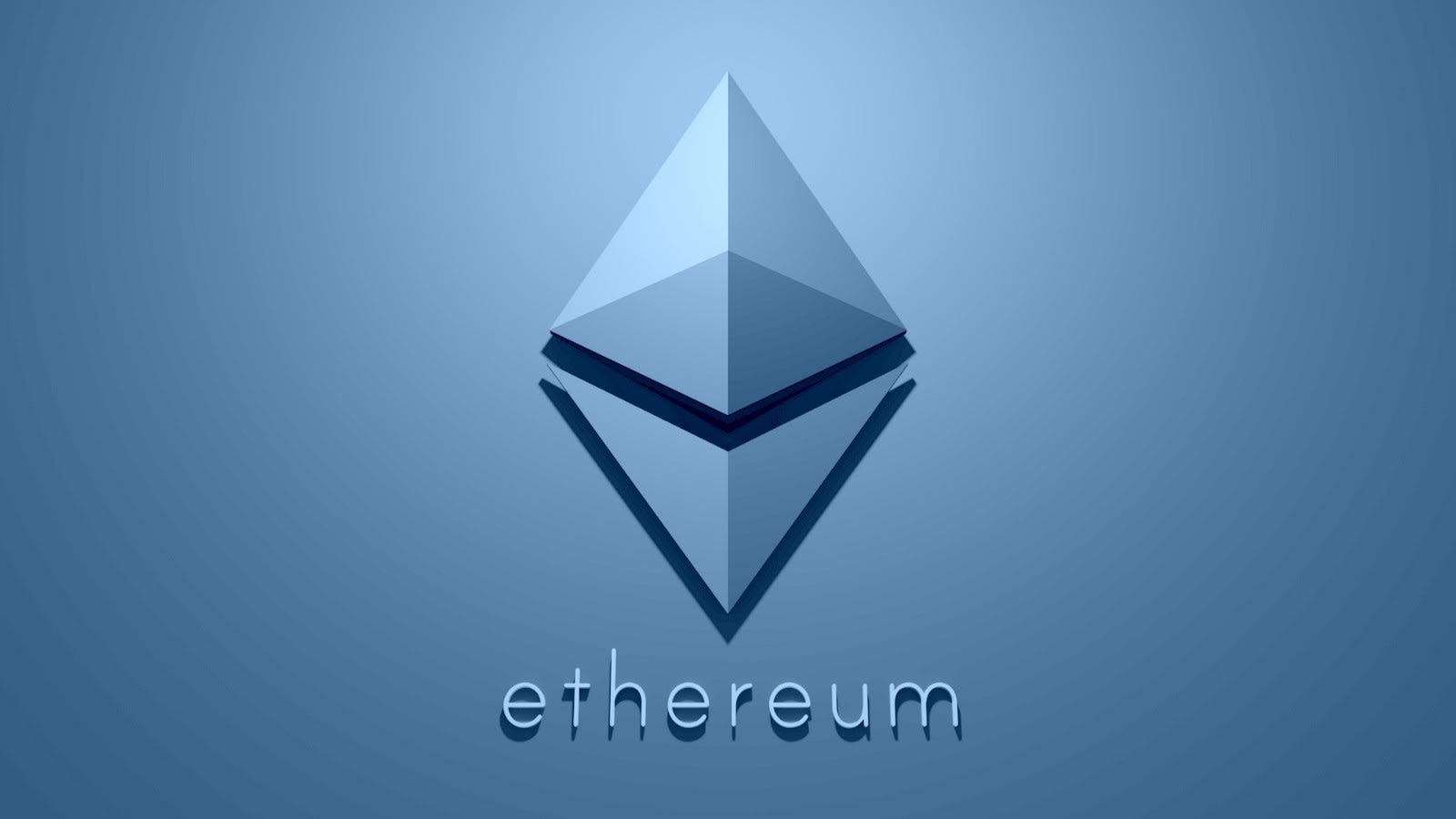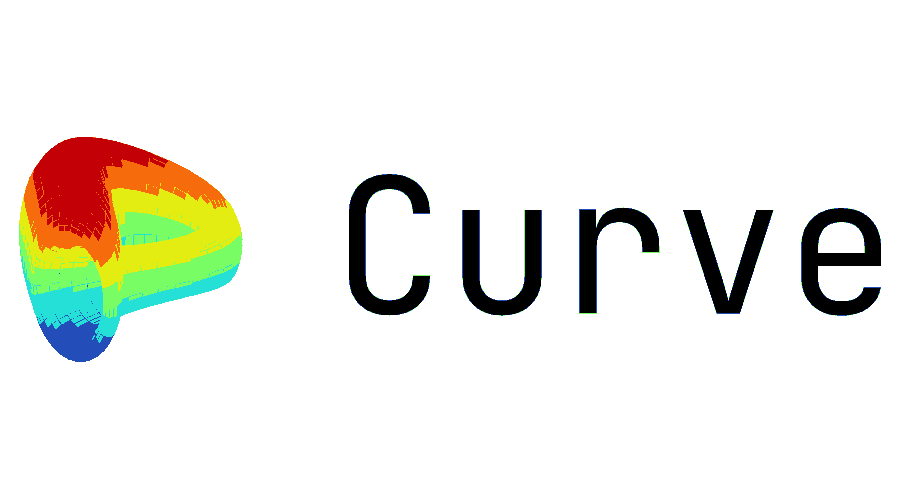Activities of Curve Protocol
Activities of Curve protocol in Ethereum in the last six months

Ethereum is a decentralized, blockchain-based computing platform that allows developers to build and deploy decentralized applications (DApps) and smart contracts. Unlike Bitcoin, which primarily serves as a digital currency, Ethereum is designed to support the creation of decentralized applications, which can be used for a wide range of purposes, from financial applications to supply chain management systems, voting systems, and more.
Ethereum uses its native cryptocurrency, Ether (ETH), to facilitate transactions and incentivize the network's participants. Ether can also be used to pay for transaction fees and other services within the Ethereum ecosystem.
One of the key features of Ethereum is its ability to support smart contracts, which are self-executing contracts with the terms of the agreement between buyer and seller being directly written into lines of code. These smart contracts allow for the creation of decentralized applications that can perform complex operations without the need for a central authority or intermediary.

Curve is a decentralized exchange (DEX) that is built on top of the Ethereum blockchain. It is specifically designed to facilitate the trading of stablecoins and other low-volatility tokens, and provides users with high liquidity and low slippage. Curve's platform is based on a combination of Automated Market Maker (AMM) and algorithmic trading technology. This enables it to provide users with fast and efficient trades, without the need for an order book or centralized authority.
In terms of its relation to Ethereum, Curve is built as a smart contract on the Ethereum blockchain. This means that it leverages the security and decentralization of the Ethereum network, while also benefiting from the vast developer ecosystem and tooling that has been built around Ethereum.
In addition, Curve utilizes Ethereum-based tokens as its trading pairs, including stablecoins like USDT, USDC, and DAI, as well as other low-volatility tokens like WBTC and renBTC. This allows users to trade these tokens without having to worry about the price volatility that can often affect other cryptocurrencies.
Flipside tables will be used for this analysis.
- We made use of ethereum.core.ez_dex_swaps table throughout of our analysis.
- ethereum.core.fact_hourly_token_prices table will be use convert swap volume to dollars ($).
- Our analysis is based on the trends of Curve platform in Ethereum in the last six (6) months.
- We grouped the past six months duration into two parts, namely:
- First three (3) months.
- Last three (3) Months.
Our aim is to examine and analyse CURVE platform in Ethereum in the last six (6) months. We will be looking at the micro and macro trends of Curve in Ethereum based on:
- Daily transactions on curve.
- Daily volume on curve.
- Daily traders on curve.
- Top tokens on curve.
- Top pools on curve.
Please Note: For a deeper analysis on the trends of Curve in Ethereum in the past six (6) months, we will be grouping the last six months in two parts (first three (3) months, and last three (3) months).